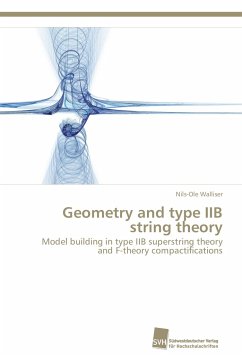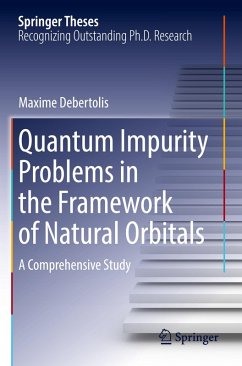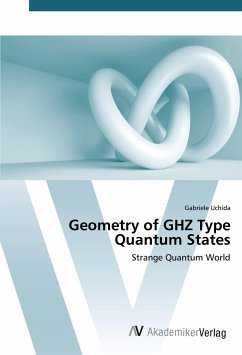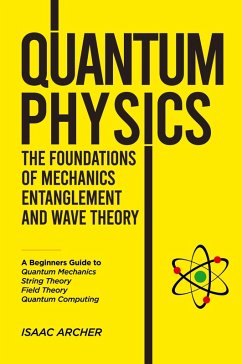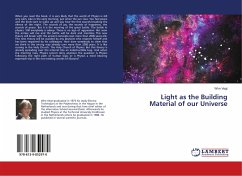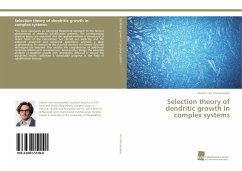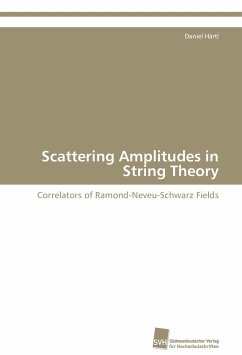
Nonperturbative Type IIB Model Building in the F-theory Framework
Towards semi-realistic global F-theory models
Versandkostenfrei!
Versandfertig in 6-10 Tagen
59,99 €
inkl. MwSt.

PAYBACK Punkte
30 °P sammeln!
Since the mid-1990s, non-perturbative aspects of string theory have been a highly active research area. The F-theory framework provides an elegant geometric description of Type IIB strings, which encapsulates the theory's enhanced strong-weak selfduality. Higher-dimensional objects like 7-branes are encoded by singularities of an elliptic fibration over the bulk spacetime, requiring significant technical efforts for the construction of suitable compactification geometries. On the other hand, the generation of essential building blocks for a Grand Unified Theory like certain Yukawa couplings or...
Since the mid-1990s, non-perturbative aspects of string theory have been a highly active research area. The F-theory framework provides an elegant geometric description of Type IIB strings, which encapsulates the theory's enhanced strong-weak selfduality. Higher-dimensional objects like 7-branes are encoded by singularities of an elliptic fibration over the bulk spacetime, requiring significant technical efforts for the construction of suitable compactification geometries. On the other hand, the generation of essential building blocks for a Grand Unified Theory like certain Yukawa couplings or spinor representations is simpler compared to the perturbative approach. The aim of this work therefore to formulate an unified SU(5) GUT theory within the framework of F-theory that satisfies basic phenomenological constraints. An essential tool is the use of spectral covers to describe the gauge flux on the intersecting branes, which is required to obtain three chiral matter generations. Furthermore, the correspondence between Type IIB E3-brane and M-/F-theory M5-brane instantons is discussed as well as the development of an efficient algorithm for the computation of cohomology groups.



